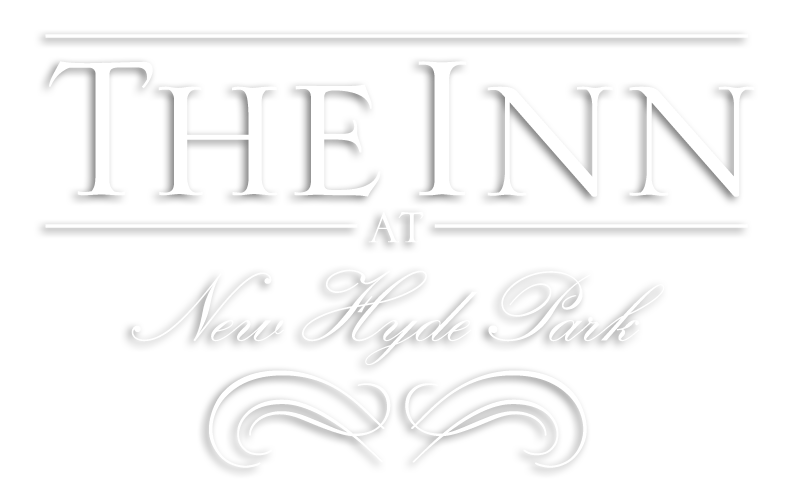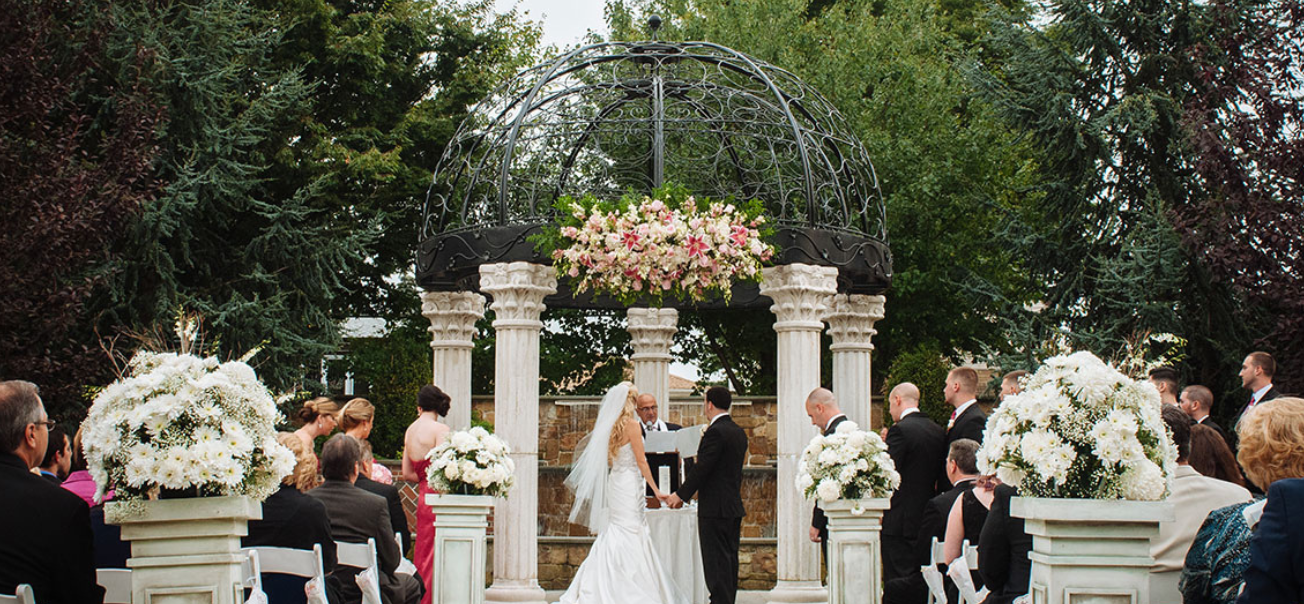
A Guide to Choosing the Perfect Wedding Flowers for Your Big Day
When it comes to planning a wedding, every detail counts—but few elements make as much visual and emotional impact as your floral selections. Flowers bring your venue to life, reflect your personal style, and tie your entire theme together. Whether you’re envisioning a romantic, garden-inspired ceremony or a sleek, modern celebration, your wedding flowers play a crucial role in setting the tone.
Here’s what you need to know when choosing wedding flowers that wow.
1. Start With Your Venue and Season
Your floral design should complement your venue’s architecture and layout. For example, a grand ballroom might call for tall, dramatic centerpieces, while a garden setting lends itself to organic arrangements and soft blooms. Also, lean into seasonal blooms—they’re fresher, more affordable, and often more sustainable.
In-season favorites:
Spring: Peonies, tulips, ranunculus
Summer: Roses, dahlias, hydrangeas
Fall: Sunflowers, calla lilies, chrysanthemums
Winter: Amaryllis, anemones, evergreen accents
2. Understand the Main Floral Elements
Most weddings incorporate flowers in several key areas. Here’s a breakdown:
Bridal Bouquet: This is often the most personalized arrangement. Many couples choose flowers that hold symbolic meaning or reflect their color palette.
Bridesmaids’ Bouquets & Boutonnieres: These tie the bridal party together visually.
Ceremony Décor: Think altar arrangements, aisle markers, and arches.
Reception Flowers: Centerpieces, cake flowers, sweetheart table arrangements, and floral installations.
Each piece contributes to a cohesive look, so it’s helpful to work with a designer who can bring your entire vision to life.
3. Match Your Flowers to Your Wedding Style
Your floral choices should enhance—not overpower—your aesthetic. Here are a few style-flower pairings to inspire you:
Romantic: Garden roses, sweet peas, baby’s breath
Modern: Orchids, calla lilies, structured greenery
Bohemian: Pampas grass, proteas, wildflowers
Classic: White roses, hydrangeas, greenery garlands
4. Consider Your Color Palette
While your wedding colors will influence your floral design, don’t feel limited to exact matches. Florists can use complementary tones and textures to create arrangements that add dimension and depth to your decor. Neutrals and greenery are timeless options that pair well with nearly any color scheme.
5. Be Open to Professional Guidance
Wedding Florists have extensive knowledge of bloom availability, longevity, and design techniques. Once you’ve outlined your style, color palette, and must-haves, trust your floral designer to guide you through the options that best align with your budget and venue.
Final Thoughts
Wedding flowers do more than decorate—they tell a story, enhance your ceremony, and make a lasting impression on your guests. At The Inn at New Hyde Park, we’ve seen how the right floral design can completely transform a space. Take the time to explore ideas, plan ahead, and work with an experienced floral professional to bring your vision to life.
Looking for floral inspiration or guidance? Explore elegant floral design options here.

